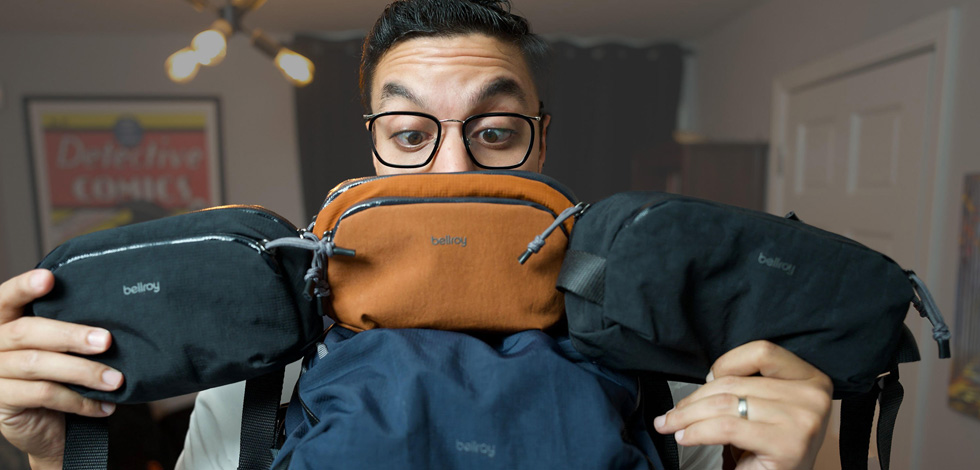Bellroy Venture Collection | New Additions
Dave Samwel checks out four new additions to Bellroy’s Venture Collection: the Venture Ready Backpack, Venture Ready Sling, Venture Hip Pack and the Venture Pouch. A collection perfect for riding that fine line between everyday and outdoor adventure.
A heads up: Bellroy and Carryology share the same founders. You can read about our origin story here.
And hey, we’re reader-supported too, so if you find something that sparks your interest and click through and purchase via our affiliate links, sometimes we’ll get a little kickback from the brands or retailers. It helps us to make more content and build this channel. Although, we’ll just point out, some brands don’t have affiliate options, and that’s cool with us too. If the carry is awesome, we recommend it!





 Carry Awards
Carry Awards Insights
Insights Liking
Liking Projects
Projects Interviews
Interviews










